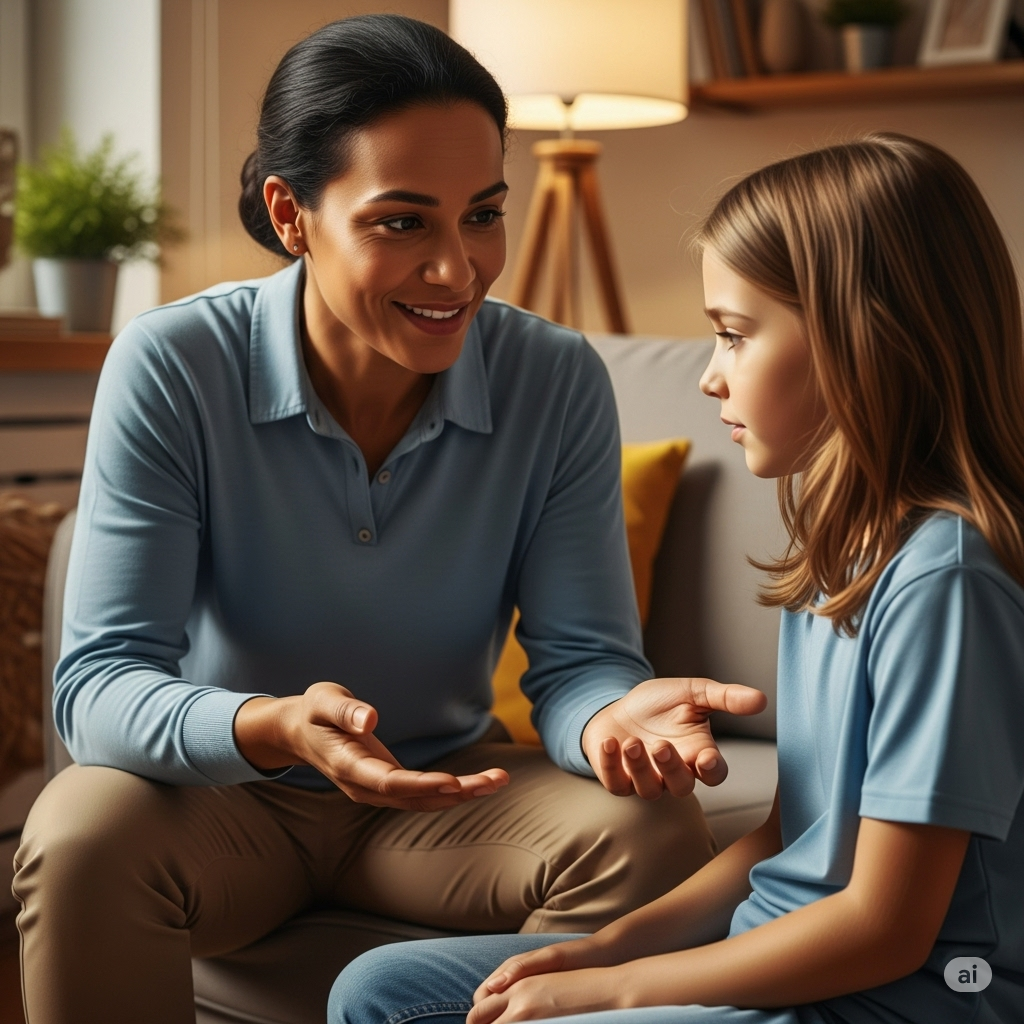We’ve all heard it: “Say sorry!”
And then… a mumbled “sorrrry” with no eye contact and zero meaning. Teaching children to apologize isn’t about forcing words—it’s about helping them understand empathy, accountability, and repair.
A sincere apology is a powerful life skill. It teaches children how to:
- Take responsibility for their actions
- Make amends when they hurt someone
- Strengthen relationships
- Build emotional intelligence
- Develop empathy and integrity
In this article, you’ll learn how to guide your child toward genuine apologies that go beyond words—and help them grow into kind, thoughtful individuals.
1. Start with Empathy, Not Obligation
Before a child can apologize sincerely, they need to understand the impact of their actions.
Instead of saying:
❌ “Say sorry right now!”
Try:
✅ “Look at her face. How do you think she’s feeling?”
✅ “When you took that toy, how do you think your friend felt?”
✅ “Would you like it if someone did that to you?”
Help your child step into someone else’s shoes. That’s the heart of a real apology.
2. Model Apologies in Your Daily Life
Children learn by watching. Show them what real apologies look and sound like.
Say:
- “I’m sorry I raised my voice. I was feeling frustrated, but I shouldn’t have spoken that way.”
- “Oops, I forgot to bring your snack! I understand if you’re upset. I’ll try to remember next time.”
When kids see adults apologize with honesty and humility, they learn that apologizing isn’t weak—it’s responsible.
3. Teach the Parts of a Sincere Apology
Break it down into four simple steps:
- Acknowledge what you did: “I took your toy.”
- Recognize the impact: “That made you upset.”
- Say sorry sincerely: “I’m sorry for doing that.”
- Ask how to make it right: “Can I help fix it?”
Practice this structure during calm moments or role-play together.
4. Avoid Forced Apologies
If your child is still angry or doesn’t understand what they did wrong, a forced “sorry” teaches nothing.
Instead, say:
- “It looks like you’re not ready to apologize yet. Let’s talk about what happened first.”
- “We can wait until you’re calm enough to say sorry from the heart.”
- “Saying sorry isn’t a magic word—it’s about caring how someone else feels.”
Wait for readiness over rushed words.
5. Use Role-Play to Practice
Make it fun and low-pressure:
- Use dolls or stuffed animals to act out scenarios
- Play “What would you say if…?” games
- Practice both giving and receiving apologies
Role-playing builds confidence and prepares your child for real-life situations.
6. Encourage Repair, Not Just Words
A real apology often includes an action to repair the hurt.
Examples:
- Drawing a picture for the person
- Helping rebuild a knocked-over block tower
- Offering a turn with a favorite toy
- Writing a note or simply asking, “How can I help you feel better?”
Teach that fixing what we break is part of being responsible.
7. Praise Sincere Efforts
When your child makes a genuine apology, acknowledge it without overpraising.
Say:
- “I saw how you looked at your friend and said sorry in a kind voice. That took courage.”
- “It’s not always easy to apologize, but you handled it really well.”
- “I’m proud of how you took responsibility.”
This reinforces that sincerity matters more than perfection.
8. Talk About Feelings Afterward
Use the moment to reflect and learn:
- “How did it feel to say sorry?”
- “What do you think your friend felt when you apologized?”
- “What can we do next time if something goes wrong again?”
These conversations help your child connect the dots between emotions, choices, and repair.
9. Teach Forgiveness Too (But Don’t Force It)
Just as we don’t force apologies, we shouldn’t force someone to “forgive” before they’re ready.
Instead of:
❌ “Say it’s okay.”
Try:
✅ “You don’t have to be ready right away. It’s okay to feel hurt. When you’re ready, you can let them know.”
This teaches that forgiveness is a process, not a demand.
10. Be Patient—It’s a Skill That Takes Time
Your child may need lots of practice before sincere apologies come naturally. That’s okay.
The goal isn’t perfect behavior—it’s growth. Stay calm, stay consistent, and keep modeling what it means to take responsibility with kindness.
Final Thought: Apologies Are About Connection
Teaching kids to say “I’m sorry” isn’t about checking a box—it’s about restoring trust, building empathy, and nurturing emotional responsibility.
Each time your child learns to apologize sincerely, they’re not just becoming a better friend or sibling. They’re becoming a more compassionate human being—one who knows how to make things right when they go wrong.
And that’s a life skill worth practicing.
